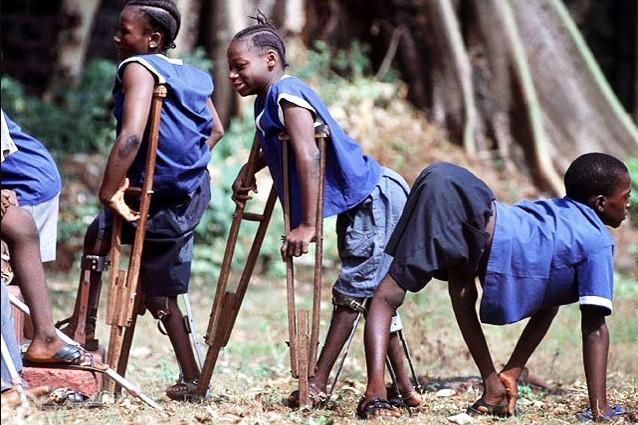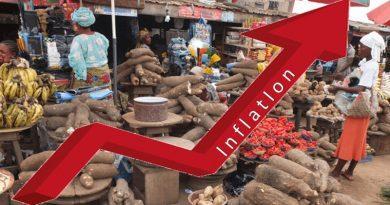Africa’s largest polio vaccination drive targets 21 million children
The largest polio vaccine campaign in Africa since 2020 begins today in three West and Central African countries, with national health agencies collaborating to immunize a total of 21 million children under the age of five.
The exercise, which will begin in Cameroon, Chad, and Niger before expanding to the Central African Republic next week, is in response to 14 type-2 poliovirus detections in the countries this year: one sample from environmental surveillance in Niger tested positive; six confirmed cases in Chad; and seven in the Central African Republic.
Although no cases have been confirmed in Cameroon, which borders Chad and the Central African Republic, the country has joined the vaccine program to prevent the virus from spreading, particularly in border areas.
The World Health Organization (WHO) is supporting the multi-country campaign through the Global Polio Eradication campaign (GPEI), which includes synchronized vaccinations and cooperative strategies in border areas to stop polio transmission.
This is an important initiative to bridge vaccine gaps in the aftermath of the COVID-19 epidemic, and it will safeguard millions of children from the risk of irreversible polio paralysis,” said Dr Matshidiso Moeti, WHO Regional Director for Africa. “By synchronizing the campaign, we will ensure that a large cohort of children across the four countries receive the vaccine at the same time, thereby increasing polio immunity across a large geographic area.”
The Lake Chad region, which contains three of the four target countries, is dealing with one of the world’s longest-running violent conflicts. It also has one of the highest proportions of “zero dose” children in the world, who are either unvaccinated or under-vaccinated.
All four countries have made significant efforts to increase polio detection, reduce virus propagation, and protect children from infection and lifelong paralysis. Despite being certified free of indigenous wild poliovirus (the naturally circulating strain), the most common form of polio, mutant poliovirus type 2, continues to circulate.
Governments in all nations have continued to improve the quality of immunization programs, aided by the widespread implementation of supplementary immunization campaigns. These are aimed at reducing the risk of all types of poliovirus while also increasing routine immunization at the national level.
Furthermore, door-to-door delivery has reduced the strain on parents of transporting their children to health facilities for immunization. With WHO assistance, health professionals are now delivering immunizations in homes, as well as religious centers, markets, and schools.
As poliovirus eradication advocates, religious and community leaders work to motivate caregivers to vaccinate their children against not only polio, but all preventable diseases.
Importantly, trustworthy data is required for successful disease surveillance and outbreak response. Countries have increased surveillance to discover instances in the aftermath of continuous outbreaks of circulating mutant poliovirus.
“The use of Geographic Information Systems tools, including Open Data Kit, is also accelerating the response to alerts of potential polio cases, which is helping to curb the spread of the virus,” said Dr Richelot Ayangma, GPEI lead in West and Central Africa.




